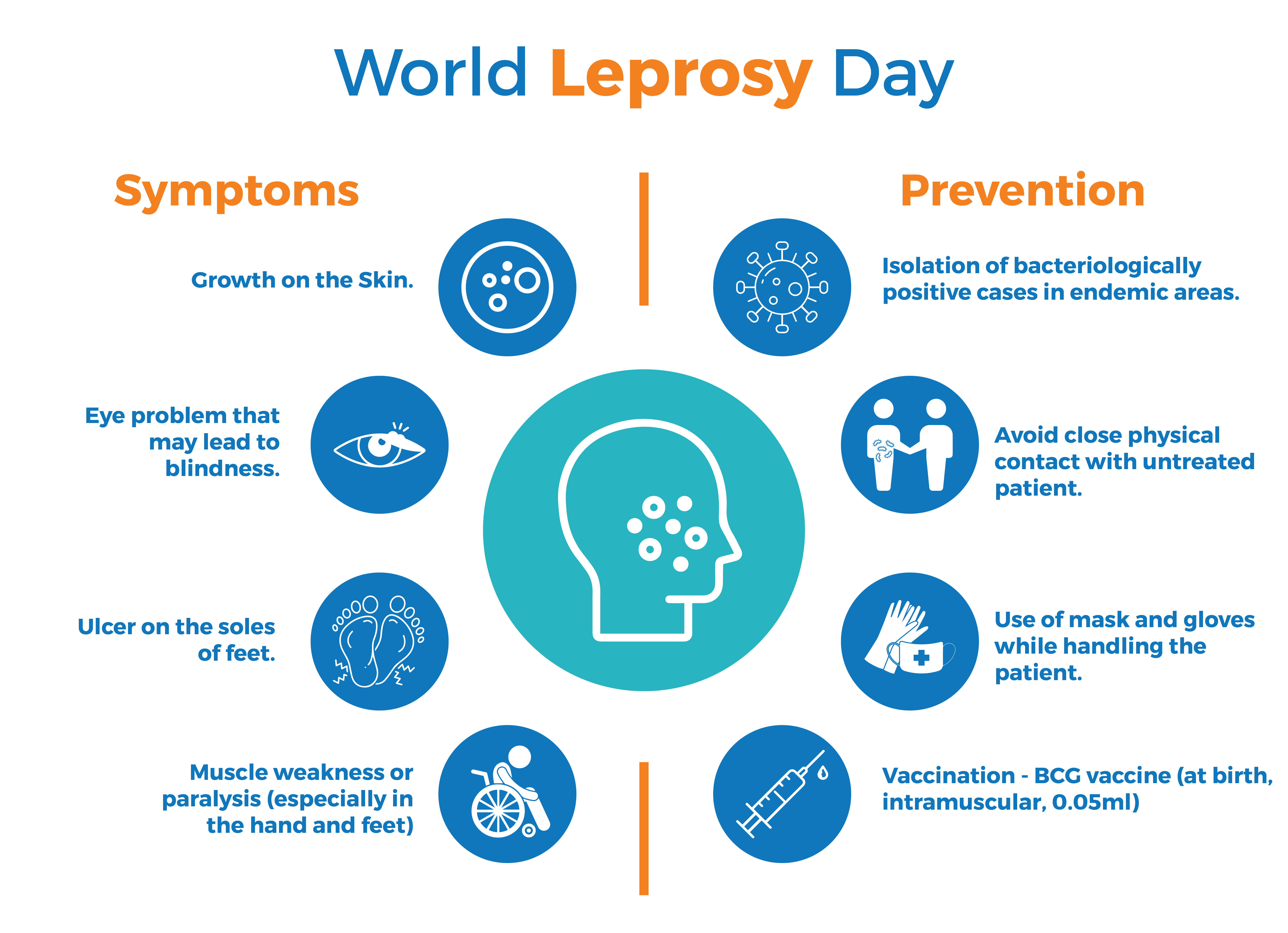Leprosy – A Flesh Eating Disease:
Leprosy was one of the highly contagious diseases until 2000 when it was declared as eliminated. In 2015, only 176,176 new cases were reported. There were times where people with leprosy had to face so much isolation and discrimination. Thanks to modern innovations in medicine and drugs. Today, leprosy is fully curable when diagnosed and treated at the right time. In this article, we shall discuss in detail about leprosy and how it can be treated.
What is leprosy?
Leprosy is a bacterial infection that affects the skin and nerves of the hands and feet. In some cases, leprosy also affects other parts of the body like kidneys, testicles in men. Leprosy is also known as Hansen’s disease, named after the Norwegian doctor – Armauer Hansen, who first discovered leprosy. If left untreated, leprosy can permanently damage the sensation of the body by damaging the arms and legs.
What causes leprosy?
The exact cause of leprosy remains unknown. Today, around 955 of the population have a healthy immune system that even if you have a prolonged exposure with a leprosy patient, you will not catch the disease. Leprosy is caused by Mycobacterium leprae and Mycobacterium lepromatosis bacteria. Leprosy is a gradually affecting disease that can attack one’s nervous system if left untreated.
What are the signs and symptoms of leprosy?
According to the Center for Disease Control and Prevention (CDCP), the growth of bacteria causing leprosy takes 10 to 20 years for the symptoms to appear.
- Spots lesions – These are spots that usually appear on the legs, arms, or back. Skin spots may be either darker or lighter than the normal skin with a slight red color.
- Loss of sensation – Some parts of the skin will be less prone to sensation like touch, pain, or heat. Sometimes a tingling sensation will arise.
- Exposure to injuries – Due to decreased sensation, the chances of injury due to burns and cuts are high. This applies when they also give too much pressure on the hands and feet.
- Dry and cracked skin – When leprosy starts affecting the nerves in the skin, it results in broken, dry skin on the hands and feet.
- Muscle weakness – Leprosy can gradually result in muscle weakness in the hands and feet. This condition is also similar to paralysis of hands and feet.
- Loss of vision – Eye problems resulting in blindness
- Stuffy nose – Leprosy damages the mucous membrane resulting in internal damage, scarring, and nose bleeds.
- Curling of the fingers – This is caused due to paralysis of the hands and feet.
How to treat leprosy?
Leprosy can be treated with the help of antibiotics. The antibiotics kill the M leprae bacteria inside your body. The patient needs to take antibiotics for 6 months or longer, depending on the severity of the condition. But the damage done to the nerves and muscles cannot be reversed. This is why early diagnosis and treatment is recommended.



 Signup With IGI
Signup With IGI